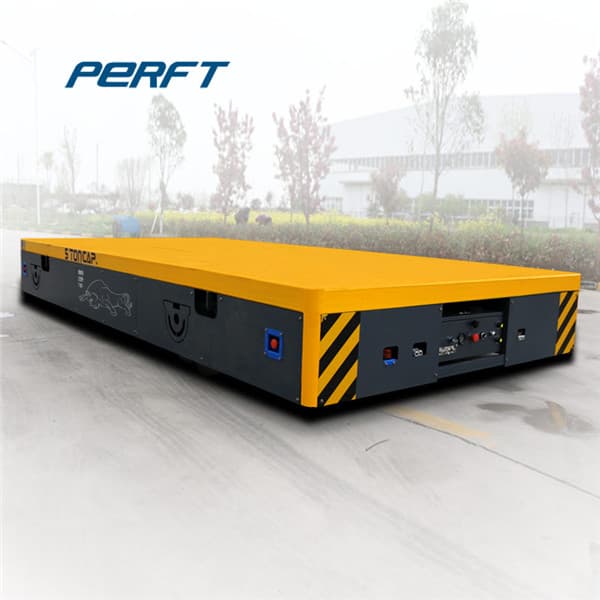
14/8/2020 · From cargo space to tech, tell us what you like and we'll find you cars to love. Car SUV Truck Van Body style No max price $10,000 $15,000 $20,000
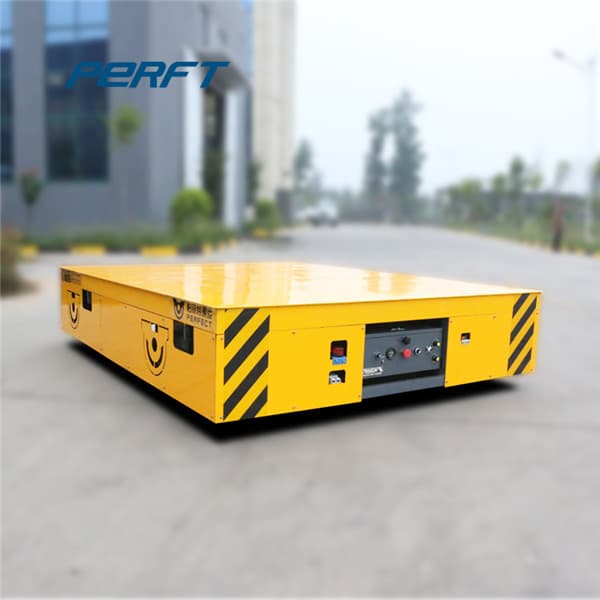
Search the world's information, including webpages, images, videos and more. Google has many special features to help you find exactly what you're looking for. Find
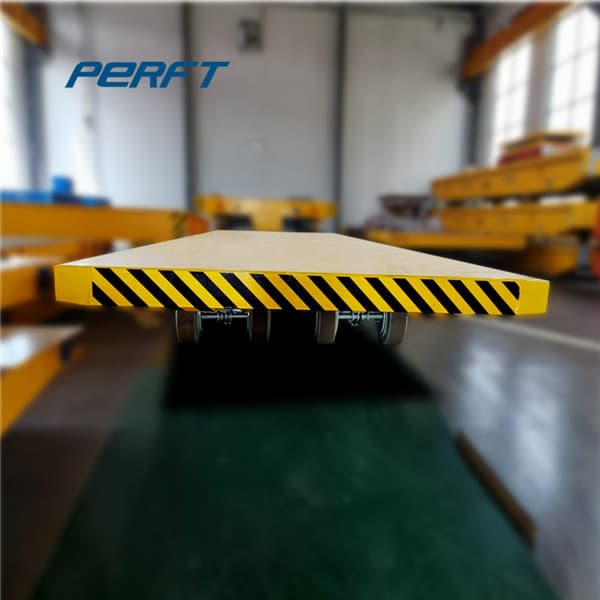
The process water is the means by which heat transfers from the process to the chiller. Process chillers contain a chemical compound, called a refrigerant. There are many types of refrigerant and applications depending on the temperatures required but they all work on the basic principle of compression and phase-change of the refrigerant from a liquid to a gas and back to a liquid.
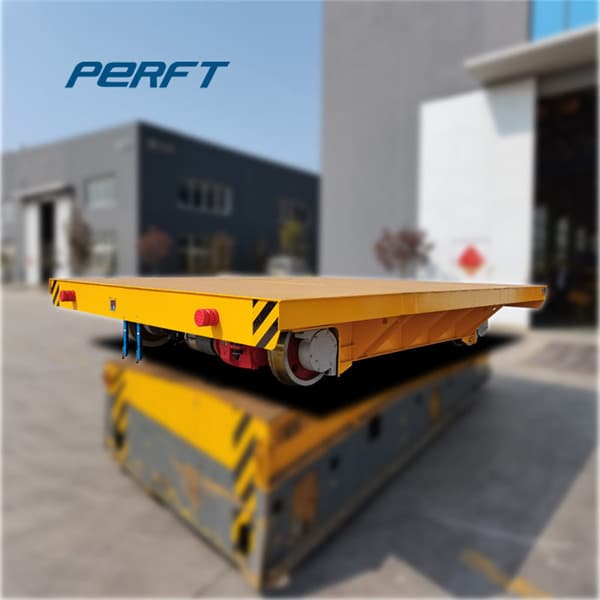
Products. With an annual capacity of 42 million tons of steel products, POSCO exports a wide range of steel products including hot rolled sheets, plate, wire rod, cold rolled sheets, galvanized sheets and stainless steel to 53 countries, earning worldwide recognition for
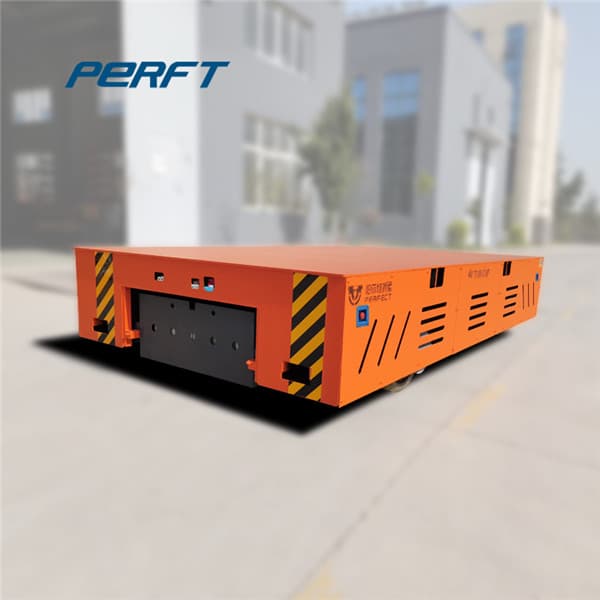
10/8/2021 · Fluid Chillers, Inc. Fluid Chillers, Inc. is a US based manufacturer of industrial chillers, medical chillers, food chillers, oil chillers, and all process fluid cooling systems from 1/3 tons to 500 ton capacity. Fluid Chillers, Inc. started out making coolant chillers and coolant coolers, but we have expanded and can now cool almost any fluid.
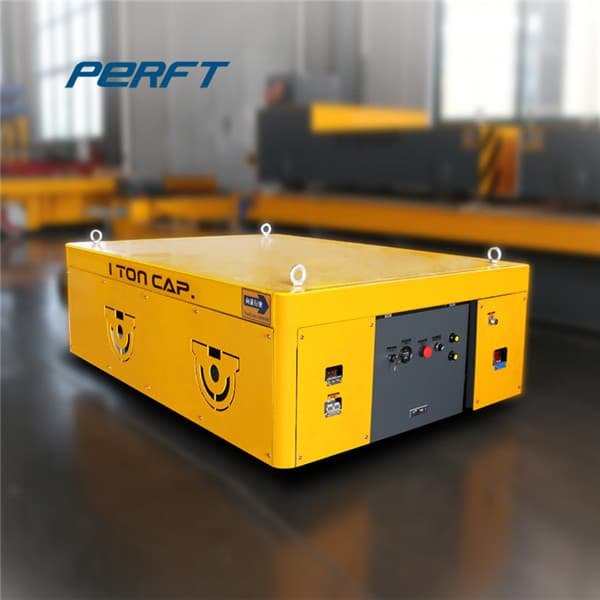
The evaporator removes heat from the area that is to be cooled. The desired temperature of cooling of the area will determine if refrigeration or air conditioning is desired. For example, food preservation generally requires low refrigeration temperatures, ranging from 40°F (4°C) to below 0°F (-18°C). A higher temperature is required for
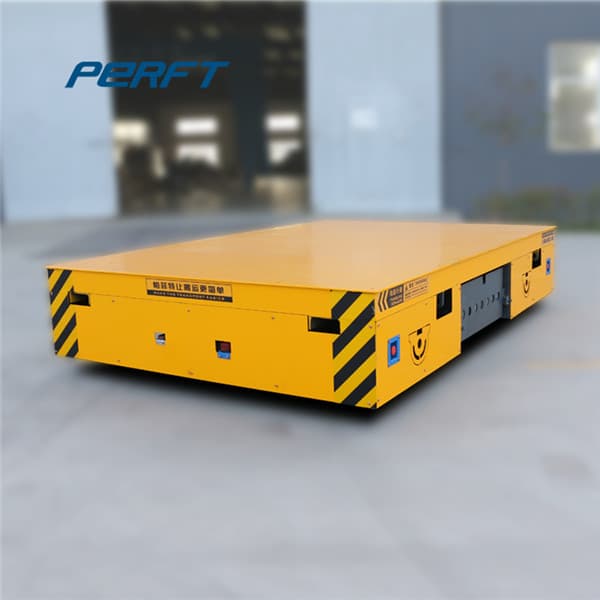
Example 2.6.1 Calculating the mean heat transfer rate in a non-flow application. A quantity of oil is heated from a temperature of 35 C to 120 C over a period of 10 minutes (600 seconds). The volume of the oil is 35 litres, its specific gravity is 0.9 and its specific
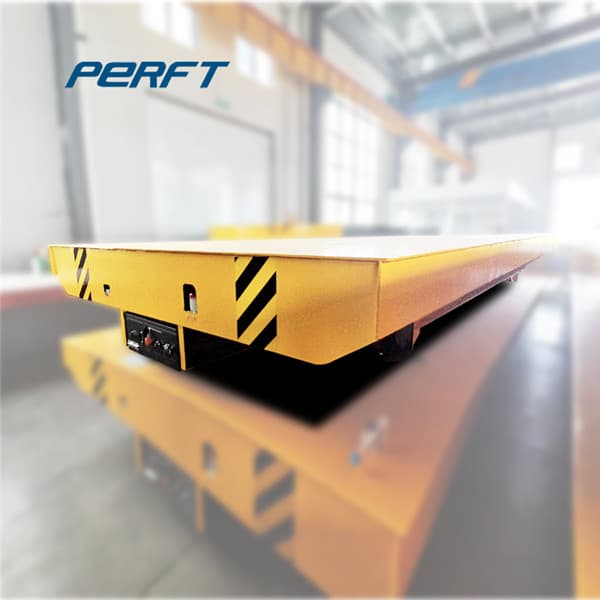
Water-cooled condensers involve a heat rejection loop where condenser heat is dissipated to the environment via water. The most common type of water-cooled condensers in geothermal power plants are direct-contact and surface types. Plate-type heat exchangers (a special kind of surface exchanger) are also possible, but appear to be more common

Seventy million American homes and businesses burn natural gas, oil, or propane on-site to heat their space and water, generating 560 million tons of carbon dioxide each year—one-tenth of total US emissions. But now, we have the opportunity to meet nearly all
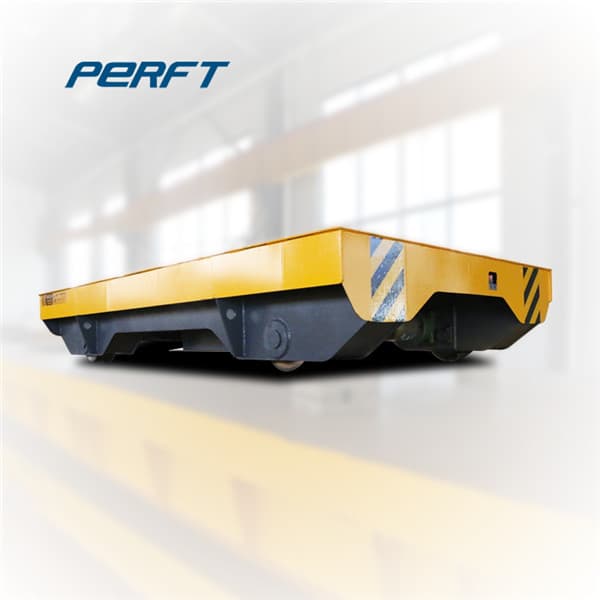
Overall Heat Transfer Coefficient Table Chart: The heat transfer coefficient is the proportionality coefficient between the heat flux and the thermodynamic driving force for the flow of heat (i.e., the temperature difference, ΔT): h = q / (Ts - K) where: q: amount of 2 K)
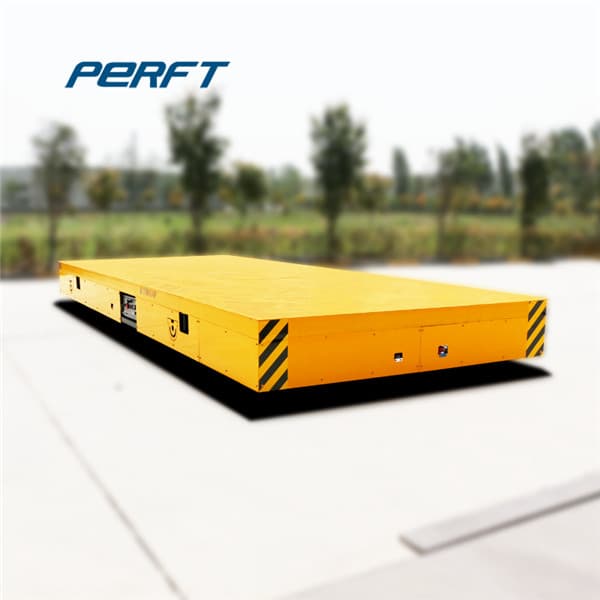
As any material damping transfers deformation energy into heat, it increases rolling resistance. However, rolling resistance increasingly stands at the focus of efforts to reduce fuel consumption. In the US market, the customer already has an eye upon the tyres’ rolling resistance, as this is a parameter that is also monitored by the very popular customer surveys.
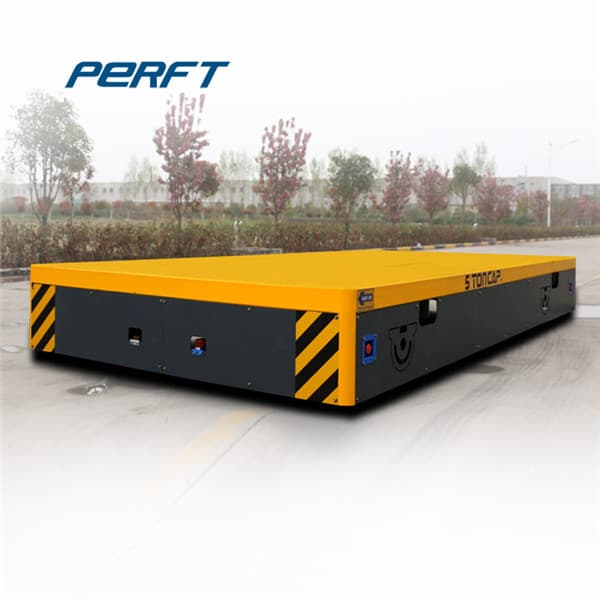
23/6/2018 · An overheating engine is more than an inconvenience, it can be an expensive engine killer. It may even leave you on the side of the road then on to the repair shop for a serious repair bill. If your car has been running hot, you know the feeling. You're sitting in traffic
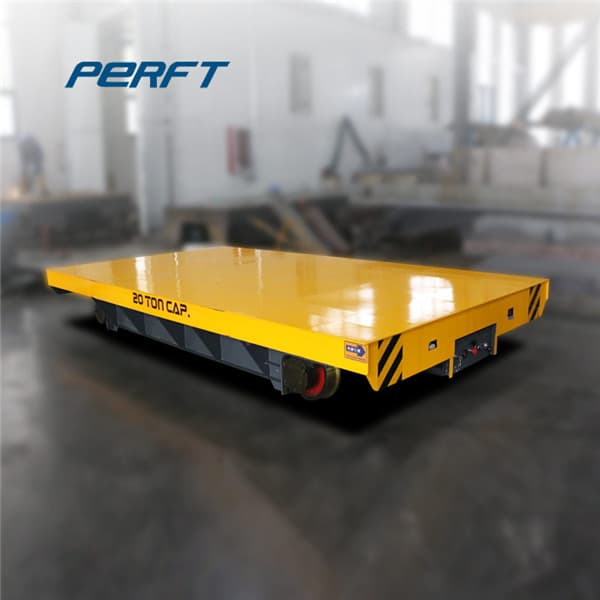
Earth’s vital signs: Sea Ice. An indicator of changes in the Arctic sea ice minimum over time. Arctic sea ice extent both affects and is affected by global climate change. Interactive: Global Ice Viewer. An interactive exploration of how global warming is affecting sea ice, glaciers, and continental ice sheets worldwide.

30/1/2020 · The physics of a car collision will never, no matter how energetic, emit a completely new car. The car would experience exactly the same force in both cases. The only force that acts on the car is the sudden deceleration from v to 0 velocity in a brief period of time, due to the collision with another object.
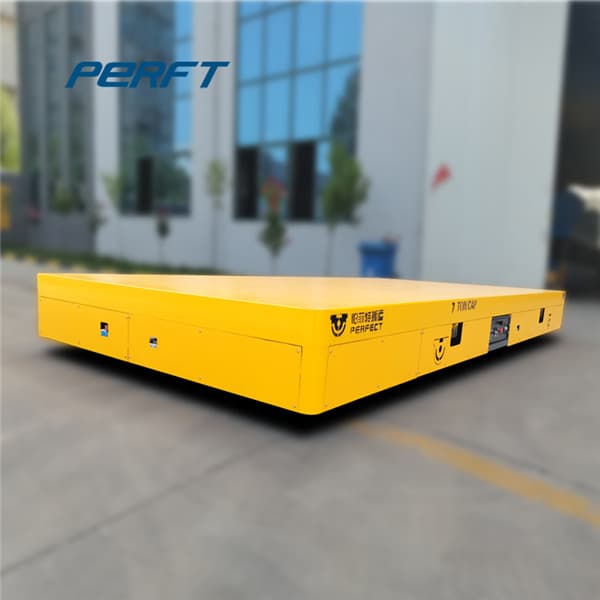
54 CHAPTER 4 Our principal criterion for the selection of discussion topics in Chapter 3 was to provide the necessary and sufficient thermodynamics background to allow the reader to grasp the concept of energy efficiency. Here we first want to become familiar with
